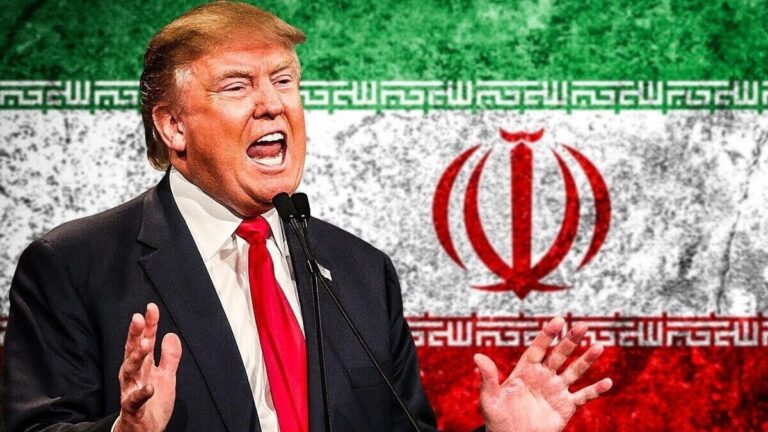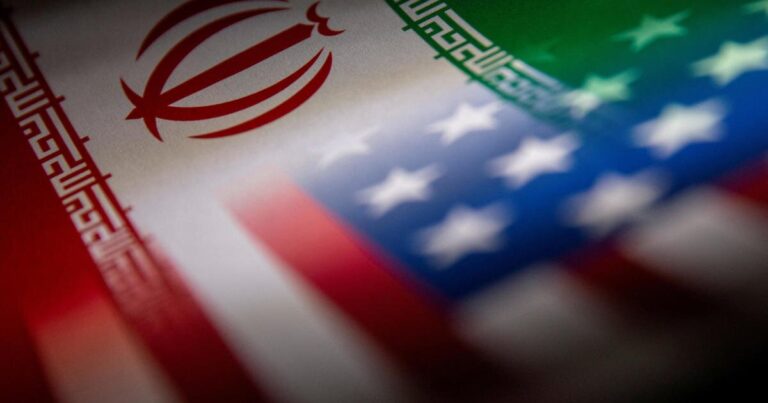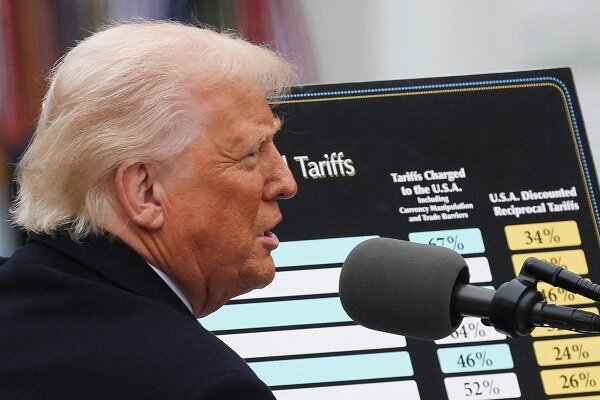Iran’s Energy Exports Surge Despite Domestic Grid Challenges
In a surprising twist amidst escalating energy shortages, Iran has ramped up its gas and electricity exports over the past year, as evidenced by official data. This development comes at a time when the nation grapples with significant shortfalls in electricity and natural gas, impacting various industries and raising concerns about potential halts in production.
According to the latest findings from Turkey’s Energy Market Regulatory Authority (EPDK), Iran’s gas exports to Turkey saw a 5% increase for the year ending February 2025. Meanwhile, electricity exports to Iraq also climbed by 6% during the same timeframe, as reported by Iran’s energy ministry. Notably, Iraq remains Iran’s second-largest gas customer, although updated figures for gas exports to Iraq are currently unavailable.
Profiting Abroad While Struggling Domestically
The current administration, led by President Masoud Pezeshkian, has projected gas export earnings of approximately $5 billion in its latest budget. However, it’s important to note that Iran’s gas exports are significantly overshadowed by domestic consumption. The revenue generated from exports far exceeds domestic sales, primarily due to the heavy subsidies provided for energy consumption in Iran.
The disparity in pricing is also prominent in the electricity sector. While the government is facing challenges in fueling power plants, it continues to prioritize exports to higher-paying foreign buyers, which has resulted in frequent power outages for domestic industries. A manager from a petrochemical plant in Tabriz shared insights about the ongoing struggles, revealing that the factory experiences power cuts three days a week and water shortages once a week. He expressed concerns over the viability of running diesel generators, noting, “Industrial diesel now sells for 15,000 tomans a liter—about 50 times the subsidized rate for vehicles.”
Rising Diesel Prices
In response to the energy crisis, Iran’s government has recently approved a three-tier pricing strategy for vehicle diesel. This includes:
- A subsidized quota
- A semi-subsidized tier
- A market-based rate aligned with production costs
The current subsidized price is just 0.35 cents per liter. However, the oil ministry estimates that the production costs for diesel hover around 285,000 rials per liter, roughly equivalent to 34 cents. An oil ministry document acquired by Iran International highlighted that diesel production increased by 3.5% last year, while consumption surged by 7.5%. To cover the gap, officials have resorted to fuel oil barter deals abroad.
It is worth noting that approximately half of Iran’s diesel is consumed by the transport sector, while the remainder fuels power plants, industries, and essential infrastructure.
Encouragement for Electricity Imports
In a peculiar turn of events, Tehran officials have begun encouraging large industrial users to import electricity. Deputy Director of Transmission at the state utility, Mohammad-Allah Daad, stated, “Large industrial users can import power from Turkey and Azerbaijan via existing cross-border grids.” However, given that domestic electricity prices are significantly lower than international rates, this solution may not be economically viable for most industries. The rising energy costs are anticipated to push factory prices higher, further exacerbating inflation.
Interestingly, a decade ago, Turkey and Azerbaijan were the ones importing electricity from Iran. Today, both countries have transitioned to being net exporters, largely due to substantial investments in solar and wind energy.
Challenges with Imports
An investigation conducted by Iran International revealed that Iran’s infrastructure currently allows for the import of only 850 megawatts (MW) from neighboring countries. However, the nation faces a seasonal shortfall of up to 25,000 MW during summer and 15,000 MW in winter. Even if Iran were to utilize its full import capacity, it would only cover approximately 3.4% of the summer deficit.
To put the scale of the energy crisis into perspective, if Turkmenistan, Azerbaijan, and Armenia redirected all their current electricity exports—about 3 terawatt-hours annually—to Iran, it still wouldn’t be sufficient to significantly alleviate the deficit. The challenge is even more pronounced with natural gas, as Iran’s electricity and gas production have seen only a 2% annual growth over the past three years, while consumption has skyrocketed more than threefold due to population growth, subsidies, and inefficiencies.
In conclusion, while Iran is managing to increase its exports of gas and electricity to foreign markets, the situation at home remains precarious. The ongoing energy shortages are prompting critical discussions about the sustainability of energy policies and the future of industrial production in the country.






